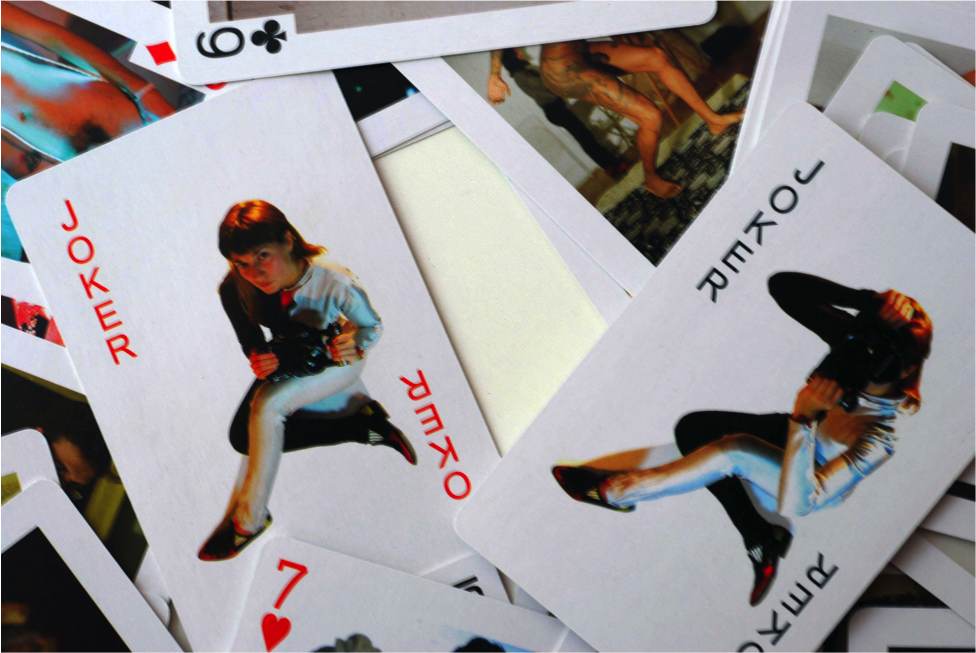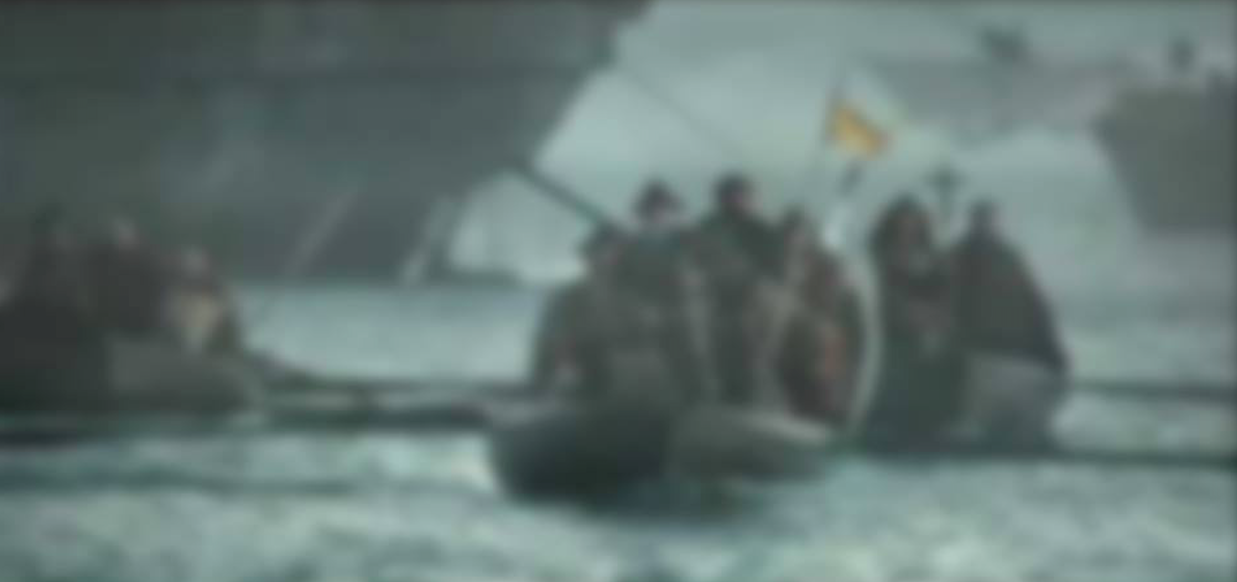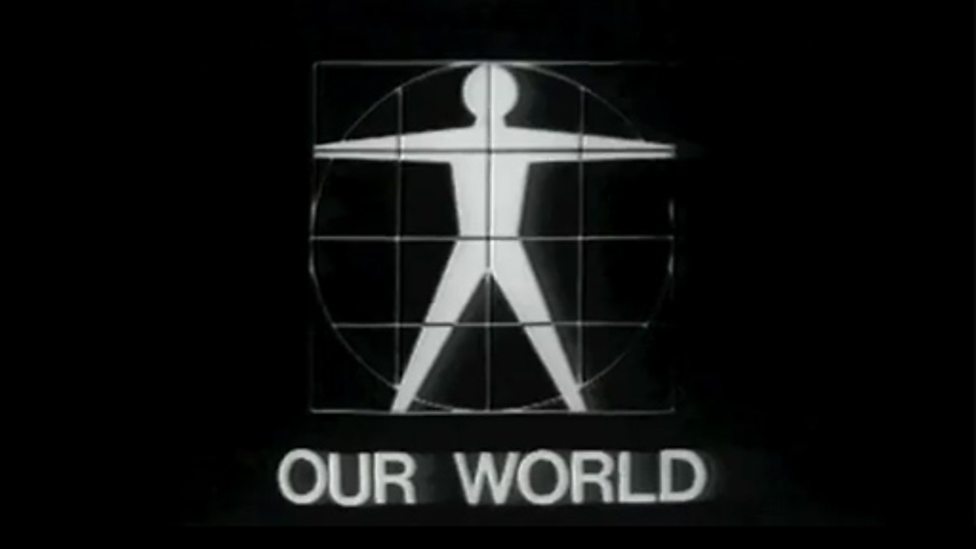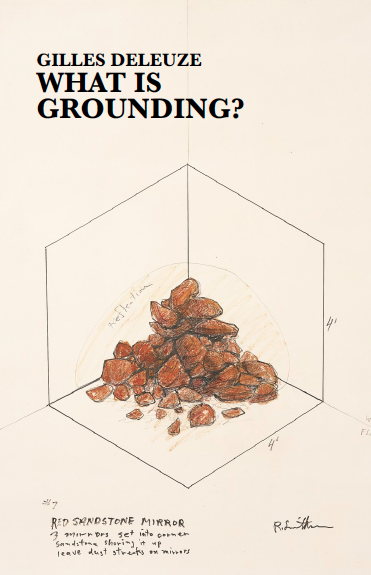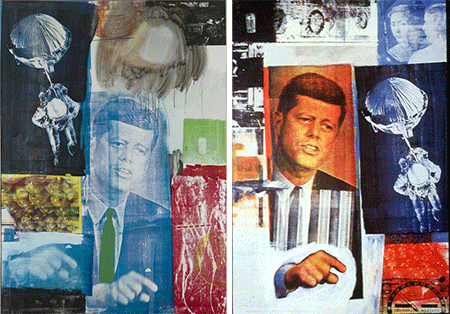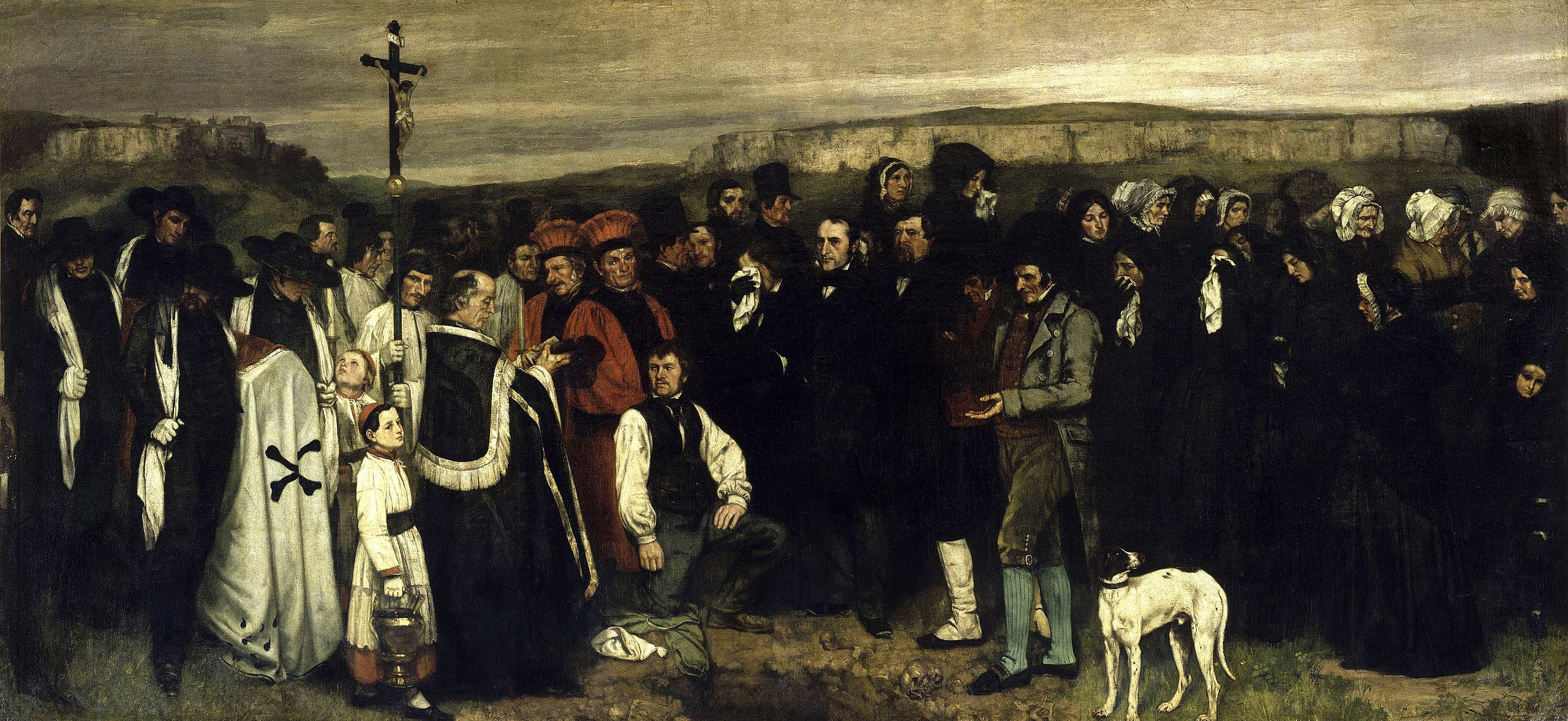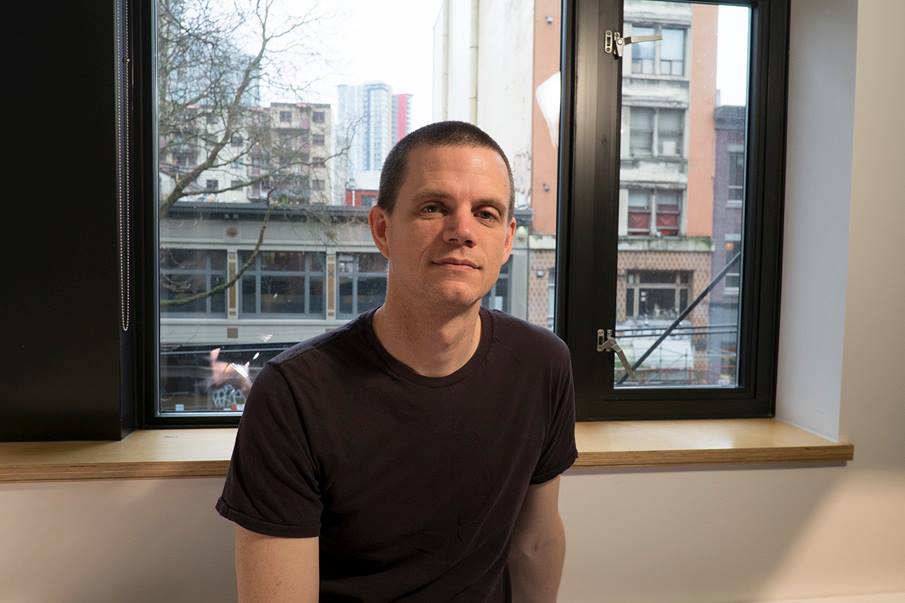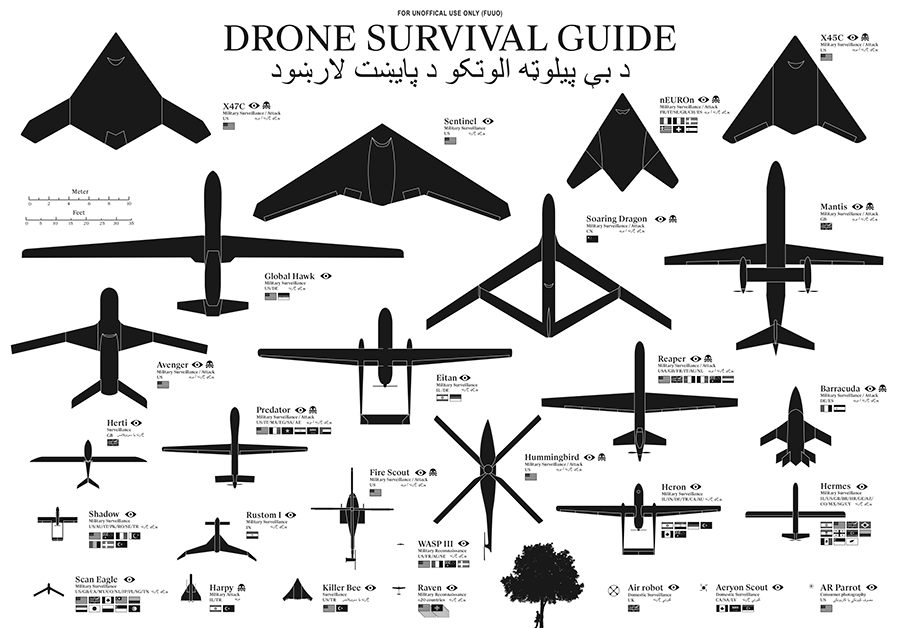&&& Publishing is an independent purveyor of theoretically informed, publicly engaged publications, circumventing academic/popular distinctions in order to open up a more accessible platform for public intellectual practice. As the publishing platform operated by The New Centre for Research & Practice, our aim is to shape new forms of knowledge production and circulation within and against both past and present modes of intellectual production, distribution, consumption.
Now it becomes possible to imagine what can writing and the work of art do after the death of metaphor, and by whose thought, if the works of the gods, the elementals and the philosophers yield nothing more than an arrangement of corpses in a white cube. What is art-working in a situation in which the accumula-tion of the solar as a databank of infinite names is subject, not to the figure of the librarian, the archivist or any other servant of the philosophically sewn or sun, but rather to the figure of the derivatives trader, the uninvited guest, or the parasite? For Serres, in fact acting as a parasite on philosophy, the parasite is like the joker in a deck of cards— the one card that can assume any potential and whose presence alters production, making conditions for new responses— opening up the third space. “The ramification of the network depends on the number of jokers. But I suspect there is a limit to this. When there are too many, we are lost as if in a labyrinth. What would a series be if there were only jokers? What could be said of it?” (Serres) Maybe—nothing?
